10 Disney princesses with serious mental disorders
Categories: Health and Medicine
By Pictolic https://pictolic.com/article/10-disney-princesses-with-serious-mental-disorders1.htmlBeing a princess is difficult, and sometimes it affects mental health. These heroines, taken from the fairy tales of the Brothers Grimm or Hans Christian Anderson, have undergone some changes in the cartoons. They have their own oddities and quirks. Disney princesses found themselves in difficult situations, so it's no wonder that many of them may have developed mental disorders. Maybe it wouldn't hurt for them to see a specialist?
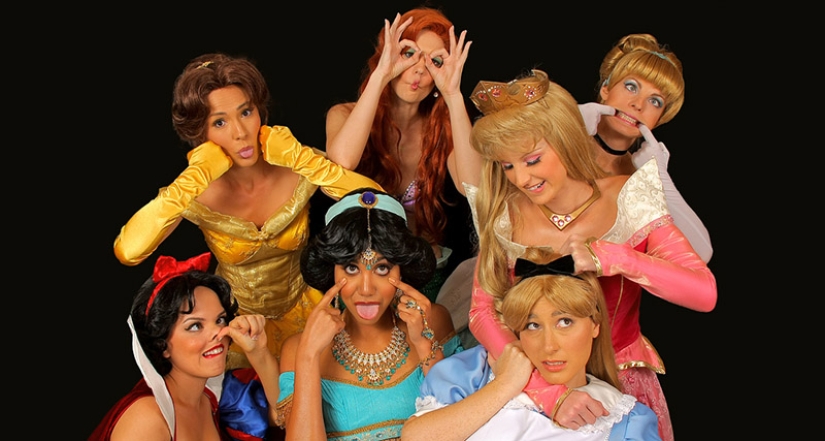
Schizophrenia is a disorder characterized by hallucinations, paranoid delusions, abnormal motor functions and negative social behavior.

Although we were led to believe that Alice had found the entrance to the magical world, it is likely that she suffered from schizophrenia. The disorder often develops in adolescence, but can also occur in childhood, although rarely. Alice is talking to a cat floating in the air and caterpillars. It seems to her that her body is increasing and decreasing in size, and she is convinced that this world is real, despite all the illogical phenomena that are happening in it.
Bipolar disorder, also known as manic-depressive psychosis, is a mental illness in which a person's state of agitation is replaced by a state of depression.
In the phase of mania, a person becomes impulsive, prone to risky behavior and does not think about the consequences of his actions.

In the cartoon, Jasmine jumps on a flying carpet with a stranger, runs away from home, steals apples. In a state of depression, a person easily worries, wants to be alone and feels helpless. So, Jasmine rejects potential suitors, talks to her only friend tiger and cries for various reasons.
Considering that the girl spent her whole life locked in a castle, Anna is characterized by super mobility.

Attention deficit hyperactivity disorder is characterized by three distinctive symptoms: lack of attention, hyperactivity and impulsivity. In other words, it is difficult for a person to concentrate, he cannot sit in one place and does not think about his actions. The girl jumps on the couch, stuffs her mouth with chocolate, stumbles all the time, gets excited about any little things, speaks very quickly and accepts the offer of a man with whom she has known for only a few hours.
Imagine that you are in a good mood walking through the forest on your birthday. You meet a handsome prince on your way and fall in love with him.
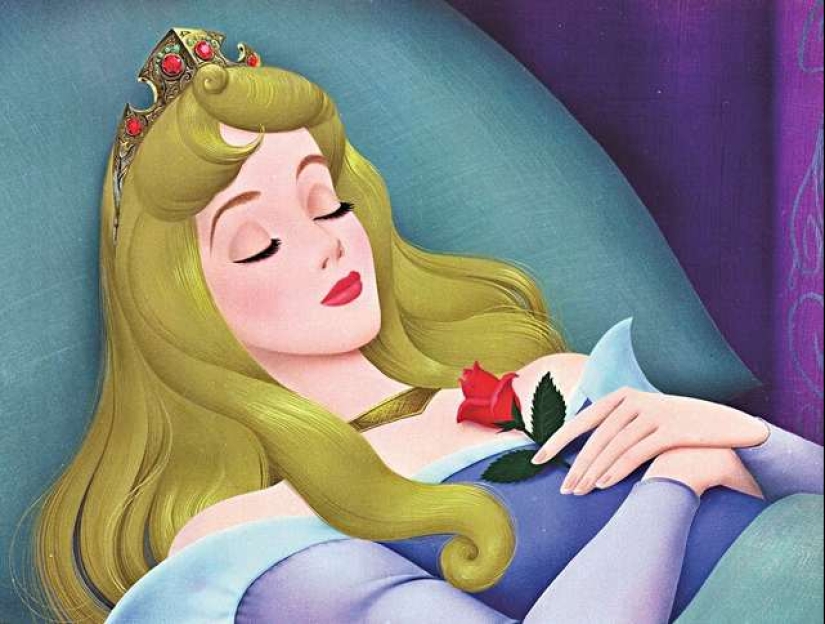
Later, you are informed that you have to marry someone you have never seen, and you will not be able to see that beautiful stranger again. Perhaps this is some kind of curse, or maybe it's just a major depressive disorder, which manifests itself in a lack of motivation and interest in work, hobbies and people. Sometimes this is expressed in hypersomnia — pathological drowsiness.
Atelophobia, or the fear of being imperfect, is an anxiety disorder when a person believes that he is doing everything wrong. As a rule, an athelophobe sets an elusive goal and feels inferior if the result does not meet expectations. Because of this, a person often has a feeling of alienation.

Mulan, who does not want to be in the role of a submissive wife, decides to return the honor of the family by joining the army. There she does not feel at ease, constantly trying to say something and do everything right, but to no avail. She gains a little confidence only by the end of the cartoon.
People with anxiety personality disorder constantly suffer from feelings of inferiority. They believe that they are not adapted to society, become alienated and try to avoid communication with others. Elsa from "Cold Heart" tries to hide her emotions and herself throughout almost the entire cartoon.
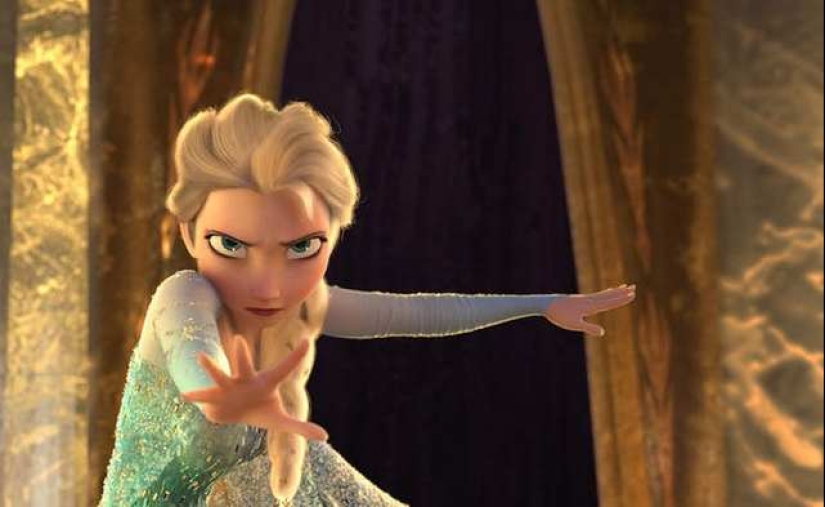
After the death of her parents, she hides in her room in the castle, closes herself, refuses to talk to others and even moves away from her sister Anna. Later, she moves into an ice castle on an abandoned mountain. Although no one knows exactly the cause of the appearance of anxiety personality disorder, it is believed that its roots originate in childhood. In this case, the reason could be the incident when Elsa almost killed her sister as a child, and the reaction of her parents to this case.
Cinderella is distinguished by a somewhat passive, dependent character and a tendency to obey. All this points to a dependent personality disorder. This diagnosis is typical for people who constantly need care, and often develops in children against the background of an anxiety disorder caused by separation.
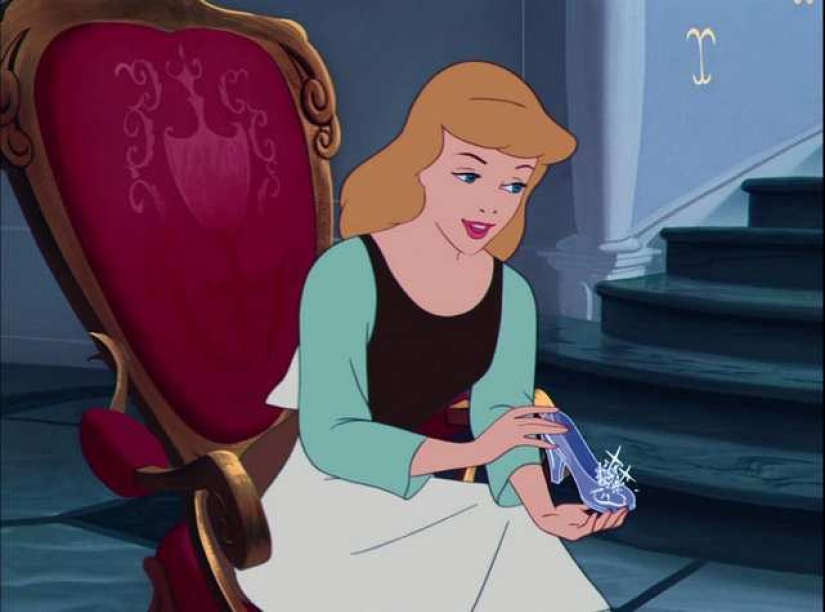
That's what happened to Cinderella, whose father died and left her with an evil stepmother. Despite the cruel nature of her mother, Cinderella does not leave the family, she obeys her orders until the Fairy, and later The prince does not take care of her.
Although Pocahontas was one of the bravest Disney heroines, she can also be diagnosed. Hysterical personality disorder is characterized by a constant need for attention, as well as a tendency to behave artificially or inappropriately in order to get the attention of others. Although people with this disorder are great at communicating, they usually manipulate others to get what they want, and may incite others out of boredom.

Pocahontas provoked a war, convinced the others to do as she saw fit, and dramatically rushed to her lover at every opportunity.
The story of Rapunzel, based on a fairy tale by the brothers Grimm, appeared on screens in 2010 and immediately won the hearts of many viewers. Many fell in love with the ardent, original, slightly imperfect, but not at all helpless Rapunzel.

However, if you look closely, there is a neglected case of Stockholm syndrome — a disorder in which a person has an emotional attachment to someone who has kidnapped him or is holding him hostage. Mother Gothel, who kidnapped Rapunzel in infancy, shows passive-aggressive behavior and emotional violence towards the girl. Even after Rapunzel finds out about Mother Gothel's lies, she still feels guilt, love and bitterness when she dies.
Ariel always grew up a black sheep among her sisters and constantly got into some kind of trouble. At the same time, she shows symptoms of obsessive-compulsive disorder. At first, she is fixated on Prince Eric, having seen him only once, and surprisingly easily agrees to cast her vote for the opportunity to meet him.
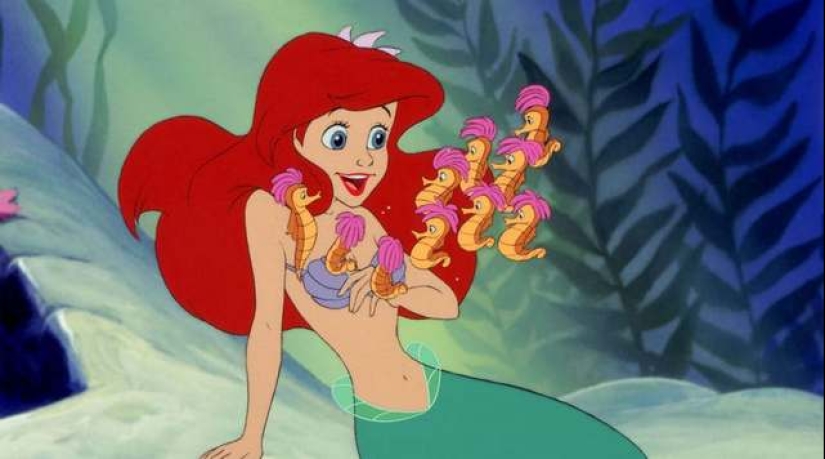
People with obsessive-compulsive disorder often agree to silence in social situations because they are afraid that they may say something inappropriate. Ariel also suffers from pathological hoarding — the fear of getting rid of things, which often accompanies obsessive states. Its manifestation can be seen when the father destroys her collection of things.
Recent articles

In the fall of 1972, Bill Yates traveled through the countryside in the vicinity of Tampa, Florida. At that time, he was studying ...

Severe cold weather does not give up its positions. We offer you to admire the magical photos of winter Europe, because snow and ...

Vladimir Lyubarov is an artist from the countryside who paints pictures of real life. But he brings amazing characters, birds, and ...